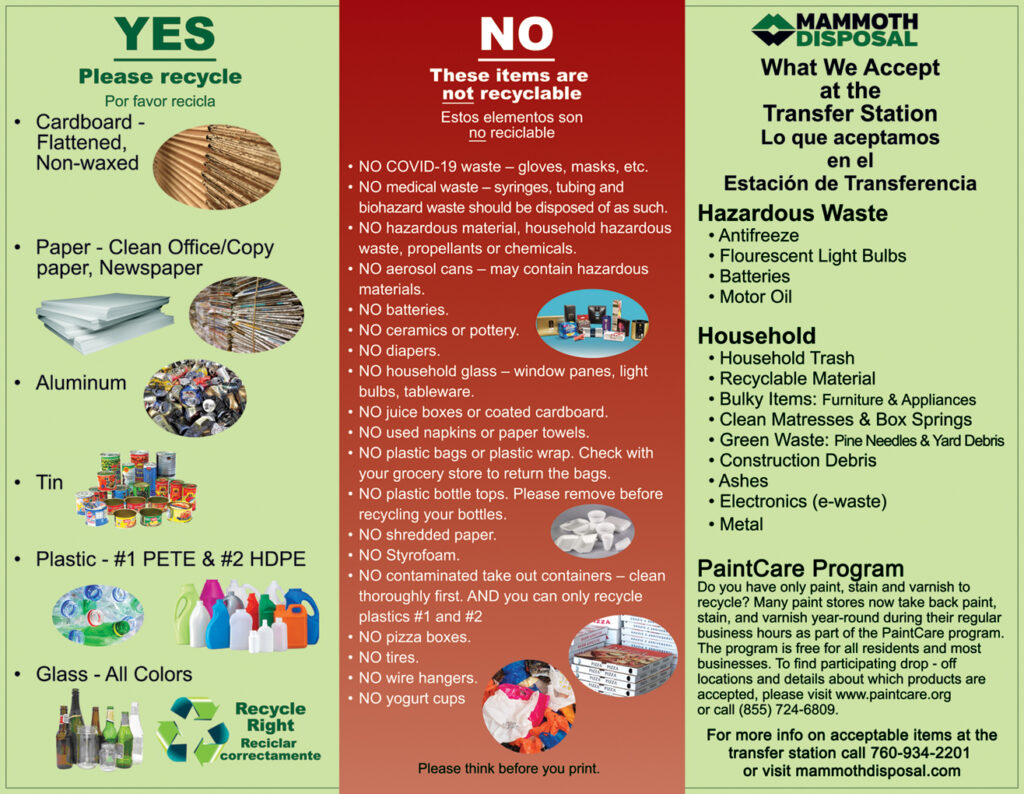Sustainability plays an integral role in the operations of the reserve. Projects ranging from Solar Panels to Electric Vehicle Chargers not only fit under the reserve’s mission of sustainability but help the UC system reach its goal of becoming carbon neutral by 2025. Many of these projects are possible thanks to the help of UC Santa Barbara’s The Green Initiative Fund. The Green Initiative Fund supports projects which reduce UCSB’s impact on the environment and increase the amount of renewable energy used.
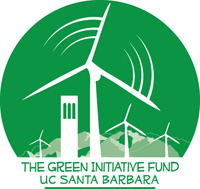
Indirect Solar Hot Water System
With funding from UCSB’s The Green Initiative Fund the reserve installed an indirect solar hot water system in 2017 for the dormitory facility. This project utilizes SNARL’s consistent sun exposure to help heat dorm water. The indirect solar hot water system is a closed-loop system likely to be more efficient than other solar hot water heating systems. These systems use pumps to circulate a heat transfer liquid that in turn heats the water.
How does the indirect solar hot water system work?
Rather than using a heat exchanger separate from the solar flat plate collector, indirect hot water systems use pumps to circulate a heat transfer liquid around a closed-loop system from the collector to heat the exchanger. A copper coil in the storage tank or a flat plate exchanger outside of the plate collects the heat from the heat transfer antifreeze solution to heat water in the tank. The liquid antifreeze solution which indirectly heats the water permits year-round operation, even when temperatures drop below freezing.
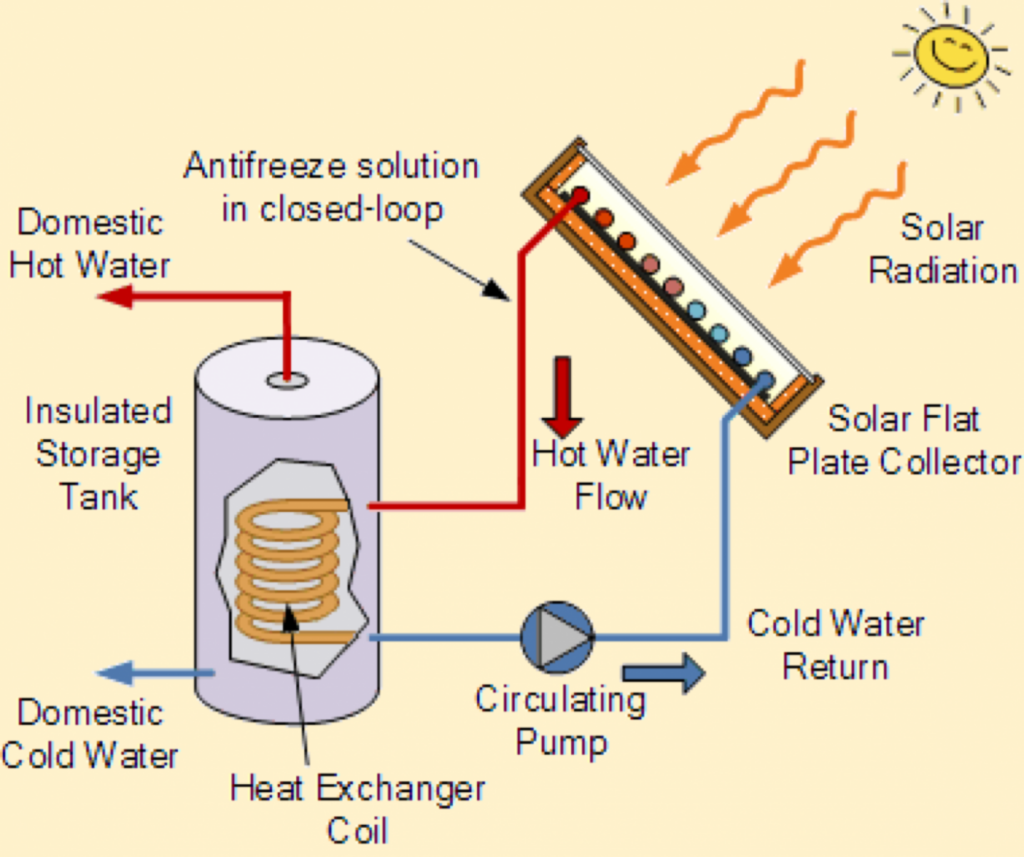
Tips to Maximize Efficiency
- Limit shower time
- Reduce overall water use
- Wash dishes later in the day
- Avoid morning showers
Page Center
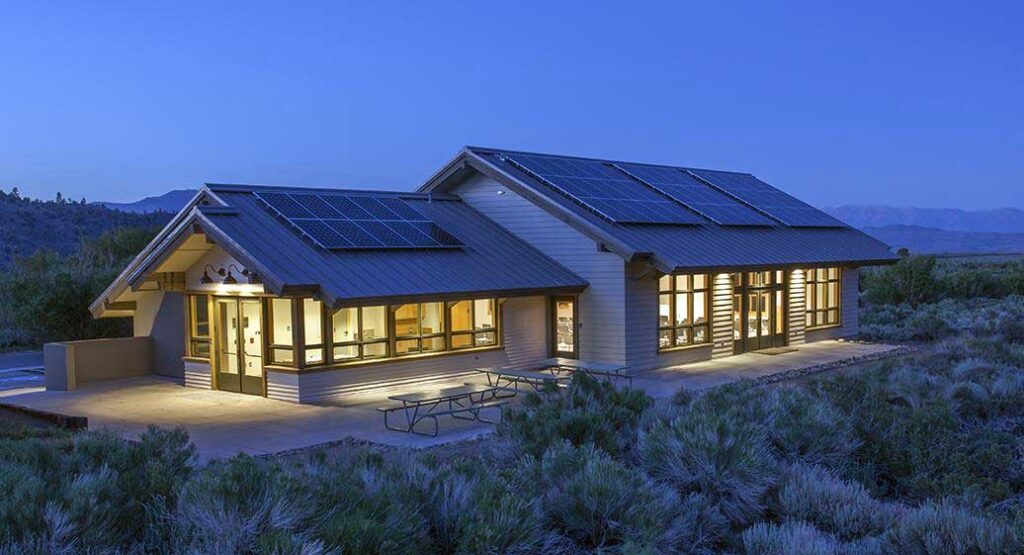
This brand new state-of-the-art classroom and meeting space utilizes cutting-edge sustainable building technology. With a combination of ground source heating/cooling, PV electrical generation, and the latest in construction technology, the building is a net-zero consumer of fossil fuel that is slated for LEED Gold certification.
A net-zero energy building produces sufficient renewable energy to meet the annual energy consumption for the building. Thus, the overall energy consumption of the building adds up to zero. The Page Center generates its own energy through the combination of a ground source heating and cooling system, photovoltaic electrical generation system, and building practices which reduce the need to consume energy.
Not only does this building fit within the sustainability goals of the reserve, but also helps UC Santa Barbara reach its goal of carbon neutrality.
Electric Vehicle (EV) Charging Stations
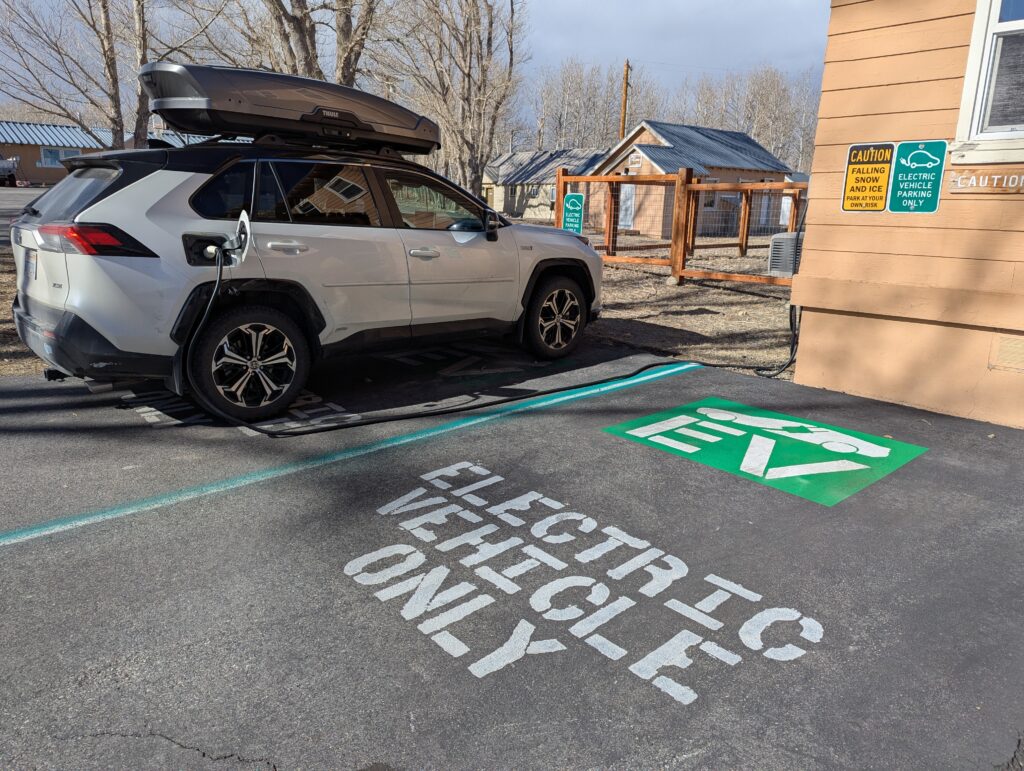
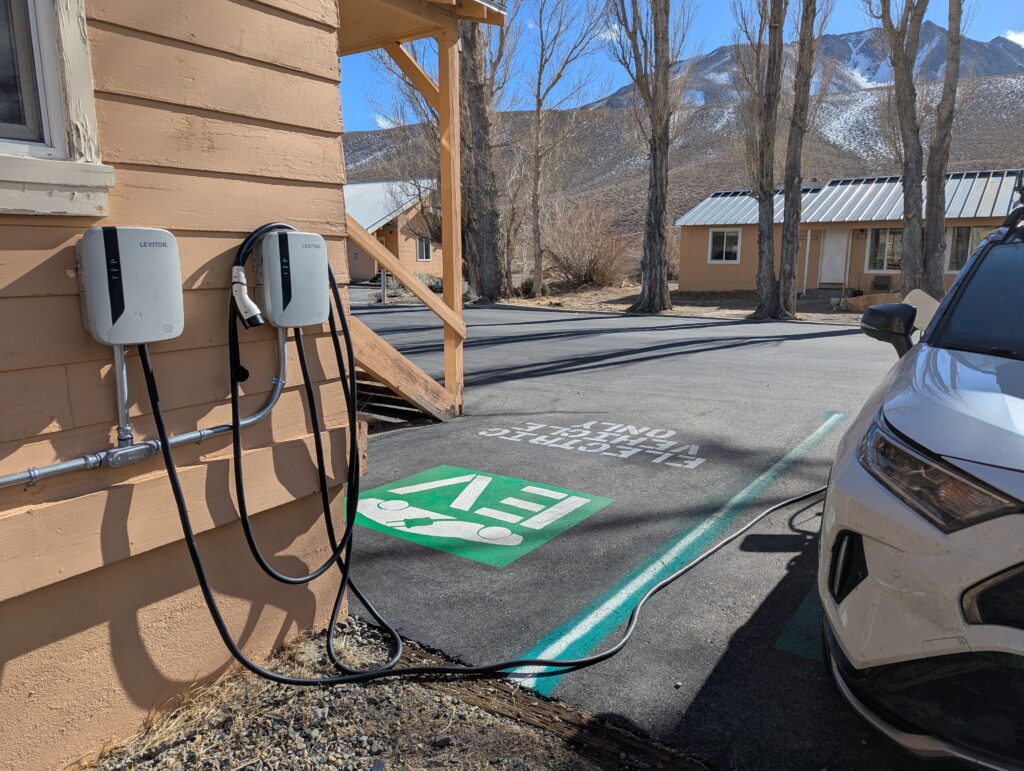
With funding support from the UCSB TGIF program and donors we have been able to install 4 Level 2 Electric Vehicle charging stations at SNARL. As EVs become more common we hope to be able to transition our maintenance vehicle fleet to all electric vehicles in the near future.
Recycling at VESR
At SNARL we recycle everything local providers will accept. This includes:
California Redemption Value (CRV) Beverage Containers
What is California Redemption Value (CRV)
These are generally beverage containers that have a logo or cash back description on them. Most aluminum, glass and plastic single use beverage containers are CRV. Please note that milk jugs and wine bottles are not CRV and these should go in the general recycling bins (see below).
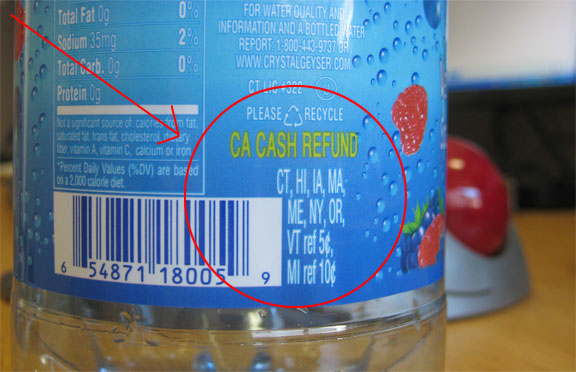
Please help us by making sure to sort out your CRV Beverage containers in the appropriate bins in the big garage at SNARL. Aluminum cans need to be crushed (there is a can crusher right above the can bin in the garage) and aluminum, glass and plastic CRV containers need to be sorted into the labeled bins. Please do not put any non-CRV recycling in these bins.
Money for Kids!
The reason we ask you to separate out the CRV containers is that we bring them into the recycling center in town once per week and get cash back. This cash helps to support our many outreach and education programs at SNARL.
Non-CRV Recyclable Materials
For glass, metal and plastic items that are non-CRV these go into the large dark green recycling bins that are either in the big garage (in winter) or just outside the big garage in summer.
Corrugated Cardboard: No cardboard or boxes should go into the dumpster. These materials should be flattened and placed in the designated trailer in the big garage.
Glass: We can recycle all manner of glass containers. Remove the lids and place in the metal cans outside the big garage.
Metal: Metal cans should go in the designated metal can outside the big garage. Aluminum beverage cans shoud be crushed and put in the CRV area. We do not accept food trays, pie plates, or aluminum foil. These are considered regular garbage and must be placed directly in the dumpster.
Plastic containers: We now accept all #1 (PETE) and #2 (HDPE) plastic containers. Any plastic beverage containers with the CRV logo should go in the CRV area.
Mixed paper: We can now accept all manner of mixed paper including newspaper, inserts, magazines, flyers, posters, copier paper, phone books, opened mail, and junk mail. We cannot accept metallic wrapping paper, Tyvek envelopes, photo paper, waxed paper, or transparencies.
Items the are Non Recyclable:
Thin Cardboard, Egg Cartons and Pizza Boxes: Our recycling company will not take these. Thin cardboard is the type of cardboard that is typical in cereal boxes or other food boxes. These items must go in the trash
Motor oil, Batteries, Light Bulbs: Please, do not put any petroleum, hydrocarbon products, batteries or light bulbs in the dumpster. This protects our local groundwater. If you have these products, see our Operations Manager.
Recycling Guidelines
